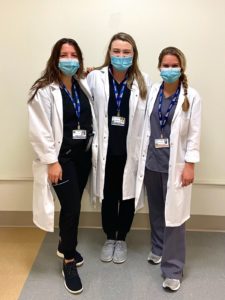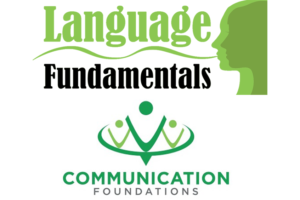The PDPM SLP Component is proving to be a reimbursement opportunity if your SNF has the right expertise. Since the inception of PDPM the speech therapy department has become empowered, playing a larger role in Part A reimbursement.
The SLP Component is one of 5 case-mix adjusted components under PDPM (Speech-Language Pathology, Nursing, Physical Therapy, Occupational Therapy & Non-Therapy Ancillaries). They have separately calculated categories under PDPM.
The SLP component contains 12 distinct levels of reimbursement that ultimately contribute to the overall Medicare Part A payment rate. These levels are the result of the speech-language pathologist effectively completing five critical questions. The questions are grouped into two separate (and differently weighted) groups.
Group One:
1. Is the patient’s primary diagnosis considered acute neurologic or non-neurologic?
2. Are there any SLP-related comorbidities present?
3. Is there a moderate to severe cognitive impairment?
Group Two:
4. Is there a swallowing disorder & is it documented in the lookback period?
5. Is the resident on an altered diet?
The second group focuses heavily on eating, chewing, and swallowing. This is the area where a great nursing home speech-language pathologist should shine. Placing the patient on the safest, yet least restrictive diet possible is critical. Speech therapists who serve nursing homes should be constantly monitoring their patients to ensure they are on the correct diet.
According to Language Fundamentals Regional Manager Jennifer Maher, “SNFs continue to miss opportunities when it comes to capturing
According to Language Fundamentals Regional Manager Jennifer Maher, “SNFs continue to miss opportunities when it comes to capturing dysphagia as a SLP-related comorbidity. Only Dysphagia following a cerebrovascular event/disease qualifies as an SLP comorbidity. However, this is not only limited to Dysphagia following a CVA. For instance, in addition to specifying the phase of dysphagia (R13.12, etc.), speech therapy should code I69.991 (dysphagia following unspecified cerebrovascular disease) if the patient has been diagnosed with a vascular type of dementia. Not all dementia is vascular in nature, and it is vital that the medical team understand the importance of specifying the type of dementia in order to support our ability to capture the SLP comorbidity in these cases.”
Another key is working in collaboration with the MD to ensure an order is in place and making certain the appropriate dysphagia diagnosis code is in place.
In terms of dollars and sense, there is great variation from the lowest score (SA) to the highest (SL) in the SLP Component.
Below, the Case-Mix Adjusted Federal Urban Rates for FY 2022 for the SLP Component are listed to illustrate the variation from top to bottom.
SA – $15.95
SB -$42.68
SC – $62.61
SD -$34.24
SE – $54.87
SF – $69.88
SG – $47.84
SH – $67.07
SI – $82.78
SJ – $70.12
SK – $86.77
SL – $98.72
Thus far, SLP Component rates above $50ppd are considered to be outstanding. Due to geographic variations in some areas, $45 ppd is a very good rate. Just by looking at the Federal Rates listed above, it is easy to see the dollar differences between doing a poor job and a great job.
Regardless of the per diem rate, it is important to have supporting documentation to support skilled care at all times. This is also an area where having a partner that focuses on SNF speech therapy will provide an added layer of security.
So, how is your SNF doing? Have you evaluated your SLP Component rate for the past year?
Language Fundamentals offers a complementary SLP Component evaluation. If you would like a free evaluation for your SNF, just follow this link.



